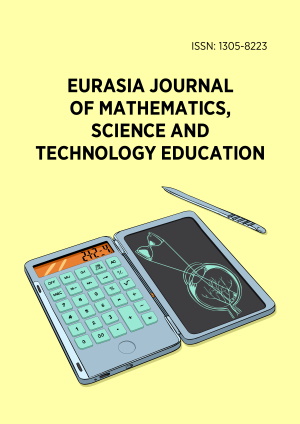Abstract
This study examines a participatory community-based research project in which young people explore various ‘globalization landscapes’ represented in their daily lives. In this photovoice project, each student applies the concept of globalization landscapes that they learned in the classroom to the local community where they live, takes photos of the globalization landscapes represented in their place, and selects the most appropriate case. Then, with their own voices or narratives, students present their chosen interpretations of the photographs that depict globalized landscapes. As a result of this study, it was found that the photovoice project contributed to the improvement of students’ representation and meta-representation competencies in representing the landscape of globalization. We also propose that as a pedagogical tool, photovoice provides a set of pedagogical values for educators. For example, photovoice enables the visualization of young people’s daily experiences, elicits personal meaning and emotion, promotes real-life and active learning, evokes critical consciousness, and strengthens students’ visual literacy and meta-representation competency in terms of their visual reading, writing, and thinking.
License
This is an open access article distributed under the Creative Commons Attribution License which permits unrestricted use, distribution, and reproduction in any medium, provided the original work is properly cited.
Article Type: Research Article
EURASIA J Math Sci Tech Ed, Volume 21, Issue 5, May 2025, Article No: em2638
https://doi.org/10.29333/ejmste/16395
Publication date: 20 May 2025
Article Views: 1266
Article Downloads: 1131
Open Access References How to cite this article
 Full Text (PDF)
Full Text (PDF)